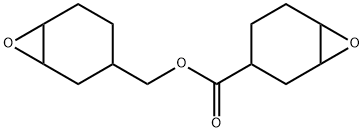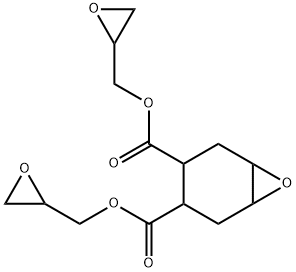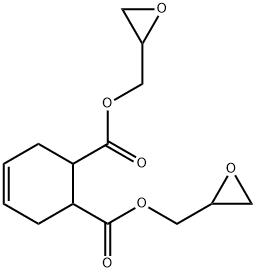Poly[(o-cresyl glycidyl ether)-co-formaldehyde] , averageMn~870 , 29690-82-2
| Pack Size | Price | Stock | Quantity |
| 100g | RMB297.74 | In Stock |
|
| others | Enquire |
PRODUCT Properties
| Melting point: | 70-75 °C(lit.) |
| Density | 1.12 g/mL at 25 °C(lit.) |
| Flash point: | >230 °F |
| form | solid |
| EPA Substance Registry System | Epichlorohydrin, o-cresol, formaldehyde polymer (29690-82-2) |
Description and Uses
The epoxy novolac resins are
used and cured in ways similar to the resins based on the
diglycidyl ether of bisphenol A. These resins differ from
bisphenol A epoxy resins in that whereas a bisphenol A
polymeric chain can contain a maximum of two epoxide
group regardless of chain length, cresolic and phenolic
novolacs can contain an epoxide group for each phenol or
cresol molecule incorporated in the chain.
Because of their high functionality, epoxy novolac resins,
when cured, produce tightly cross-linked systems with improved high-temperature performance, chemical resistance,
and adhesion over the resins based on the diglycidyl
ether of bisphenol A. The thermal stability of epoxy novolac
resins has made them useful for structural and electrical
laminates and as coatings and castings for elevated temperature
service. Owing to the chemical resistance of these resins,
they are used for lining storage tanks, pumps, and other
process equipment as well as for corrosion-resistant coatings.
Safety
| Symbol(GHS) |  GHS07 |
| Signal word | Warning |
| Hazard statements | H315-H319-H335 |
| Precautionary statements | P261-P264-P271-P280-P302+P352-P305+P351+P338 |
| Hazard Codes | Xi |
| Risk Statements | 36/37/38 |
| Safety Statements | 26-36 |
| WGK Germany | 3 |

![Poly[(o-cresyl glycidyl ether)-co-formaldehyde]](https://img.chemicalbook.com/CAS/GIF/29690-82-2.gif)



![Bis(7-oxabicyclo[4.1.0]heptan-3-ylmethyl) adipate](https://img.chemicalbook.com/CAS/GIF/3130-19-6.gif)
